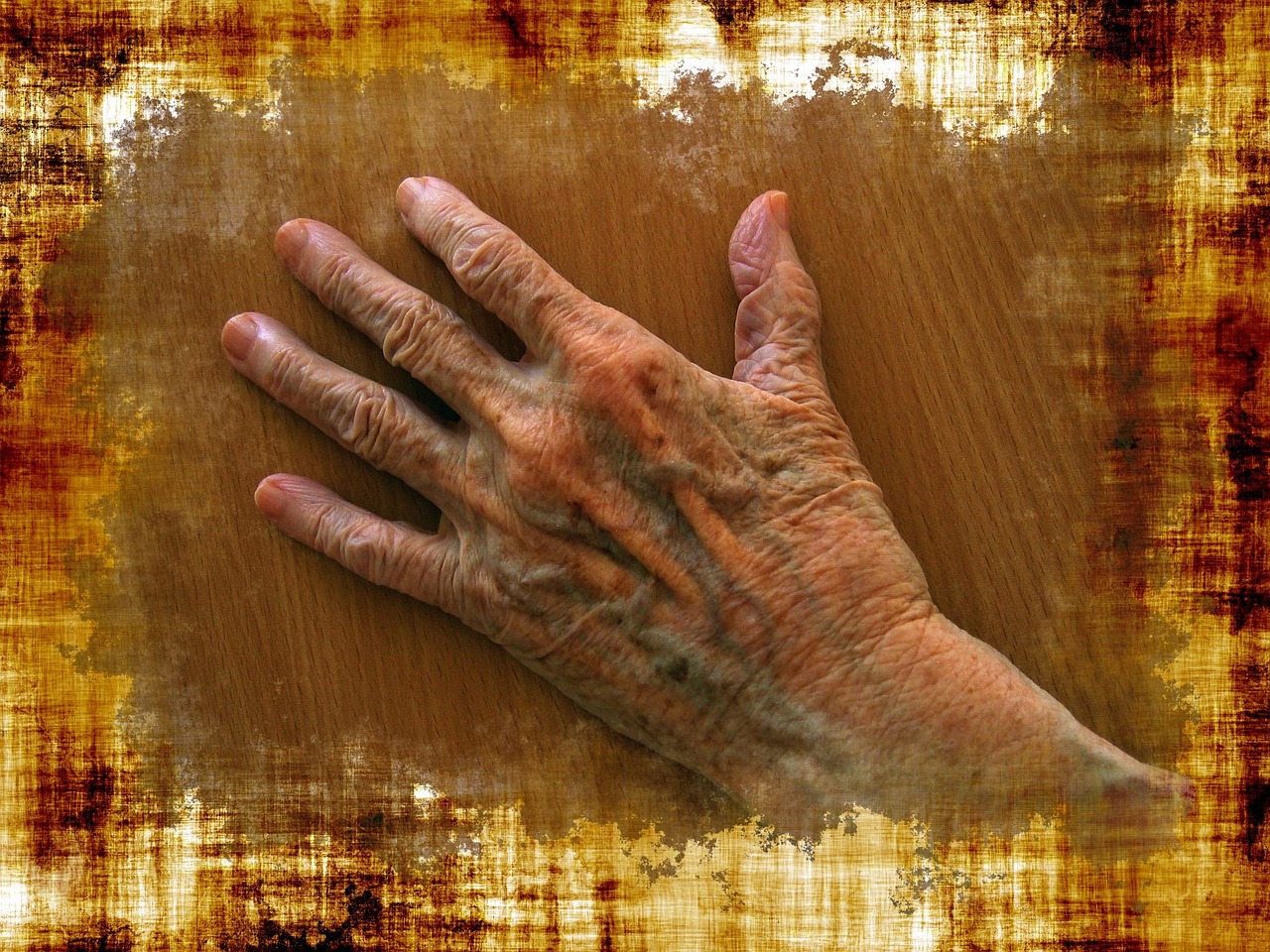Comprehensive guide to understanding and managing rheumatoid arthritis, including symptoms, treatment options, and lifestyle strategies.
What is Rheumatoid Arthritis (RA)?
Rheumatoid Arthritis is a chronic autoimmune disease that primarily affects the joints, causing inflammation, pain, and eventual joint damage. Unlike osteoarthritis, RA affects the lining of joints and can also impact other body systems.
Key Facts About RA
- Affects about 1.3 million people in the United States
- Women are 2-3 times more likely to develop RA
- Can occur at any age, but most common between 30-60
- Early treatment can prevent joint damage
Symptoms of Rheumatoid Arthritis
Joint Symptoms
- Joint pain, swelling, and stiffness
- Morning stiffness lasting more than 30 minutes
- Symmetrical joint involvement
- Warmth and redness around joints
- Reduced range of motion
- Joint deformities (in advanced cases)
Systemic Symptoms
- Fatigue and weakness
- Low-grade fever
- Loss of appetite
- Weight loss
- General feeling of being unwell
Extra-articular Manifestations
- Rheumatoid nodules
- Dry eyes and mouth (Sjögren's syndrome)
- Lung inflammation
- Heart problems
- Blood vessel inflammation
- Anemia
Causes and Risk Factors
Potential Causes
- Autoimmune response
- Genetic predisposition
- Environmental triggers
- Hormonal factors
- Infections
Risk Factors
- Female gender
- Age (most common in middle age)
- Family history of RA
- Smoking
- Obesity
- Environmental exposures
Diagnosis
Medical History and Physical Exam
- Detailed symptom history
- Family history assessment
- Physical examination of joints
- Assessment of joint function
Diagnostic Tests
- Blood tests (rheumatoid factor, anti-CCP antibodies)
- Inflammation markers (ESR, CRP)
- Complete blood count
- X-rays of affected joints
- MRI or ultrasound (for early detection)
Treatment Options
Disease-Modifying Antirheumatic Drugs (DMARDs)
Conventional DMARDs
- Methotrexate (first-line treatment)
- Leflunomide
- Sulfasalazine
- Hydroxychloroquine
Biologic DMARDs
- TNF inhibitors (adalimumab, etanercept, infliximab)
- IL-6 inhibitors (tocilizumab)
- B-cell inhibitors (rituximab)
- T-cell inhibitors (abatacept)
- JAK inhibitors (tofacitinib, baricitinib)
Symptom Management
Pain Relief
- NSAIDs (ibuprofen, naproxen)
- Acetaminophen
- Topical pain relievers
- Corticosteroids (short-term use)
Physical Therapy
- Range of motion exercises
- Strengthening exercises
- Joint protection techniques
- Assistive devices
Lifestyle Management
Exercise and Physical Activity
- Low-impact aerobic exercise
- Strength training
- Flexibility exercises
- Water therapy
- Tai chi or yoga
Diet and Nutrition
- Anti-inflammatory foods
- Omega-3 fatty acids
- Fruits and vegetables
- Whole grains
- Limit processed foods
- Maintain healthy weight
Stress Management
- Relaxation techniques
- Meditation or mindfulness
- Counseling or therapy
- Support groups
- Hobbies and activities
Joint Protection Strategies
Daily Activities
- Use larger joints for heavy tasks
- Take frequent breaks
- Alternate between different activities
- Use assistive devices
- Maintain good posture
Home Modifications
- Install grab bars
- Use lever-style door handles
- Raise toilet seats
- Use ergonomic tools
- Improve lighting
Managing Flares
Recognizing Flare Symptoms
- Increased joint pain and swelling
- Morning stiffness lasting longer
- Fatigue and weakness
- Difficulty with daily activities
- General feeling of being unwell
Flare Management
- Rest and reduce activity
- Apply heat or cold therapy
- Take medications as prescribed
- Contact your healthcare provider
- Use assistive devices
Complications and Comorbidities
Joint Complications
- Joint deformities
- Loss of function
- Bone erosion
- Joint instability
Systemic Complications
- Cardiovascular disease
- Lung problems
- Osteoporosis
- Infections
- Depression and anxiety
Monitoring and Follow-up
Regular Monitoring
- Regular rheumatologist visits
- Blood tests for medication monitoring
- Joint assessments
- Function evaluations
- Side effect monitoring
Treatment Adjustments
- Medication changes based on response
- Dose adjustments
- Adding or switching medications
- Combination therapies
When to Seek Medical Attention
Contact your healthcare provider if you experience:
- Severe joint pain or swelling
- Signs of infection
- Medication side effects
- New or worsening symptoms
- Difficulty with daily activities
Support and Resources
Healthcare Team
- Rheumatologist
- Primary care physician
- Physical therapist
- Occupational therapist
- Mental health professional
Support Systems
- Family and friends
- Support groups
- Online communities
- Patient advocacy organizations
- Educational resources
Research and Future Treatments
Ongoing research is exploring:
- New biologic medications
- Personalized medicine approaches
- Stem cell therapy
- Gene therapy
- Prevention strategies
Living Well with RA
Quality of Life
- Maintain social connections
- Pursue hobbies and interests
- Set realistic goals
- Celebrate small victories
- Focus on what you can do
Work and Career
- Discuss accommodations with employer
- Use assistive technology
- Consider flexible work arrangements
- Know your rights under ADA
- Plan for career changes if needed
Conclusion
Rheumatoid Arthritis is a challenging condition, but with proper treatment and lifestyle management, many people with RA can maintain good quality of life and function. Early diagnosis and aggressive treatment are key to preventing joint damage and disability.
Remember that RA affects everyone differently, and treatment should be personalized to your specific needs and goals. Work closely with your healthcare team to develop a comprehensive management plan that addresses both your physical and emotional well-being.
Stay informed about new treatments and research, but also focus on what you can control: taking your medications as prescribed, maintaining a healthy lifestyle, managing stress, and building a strong support network.
